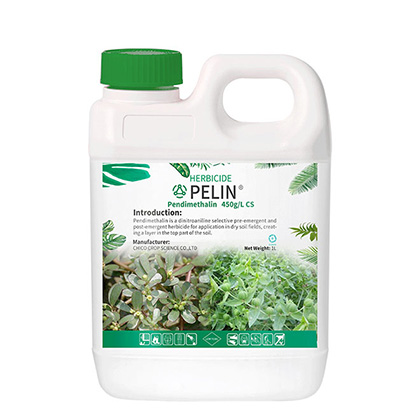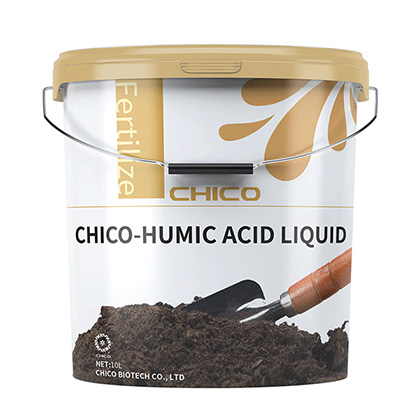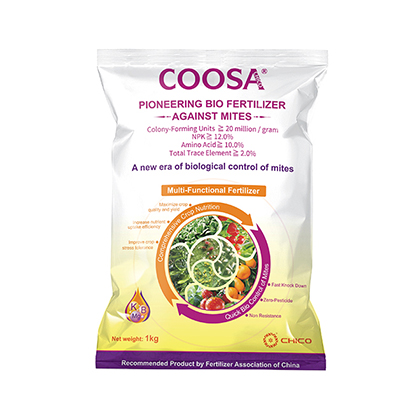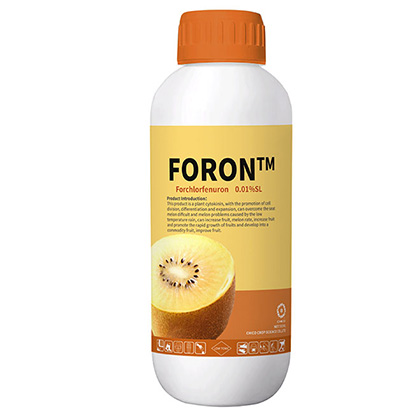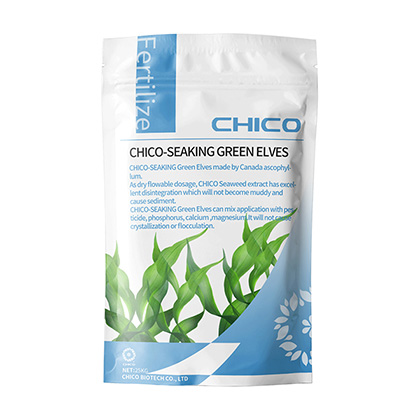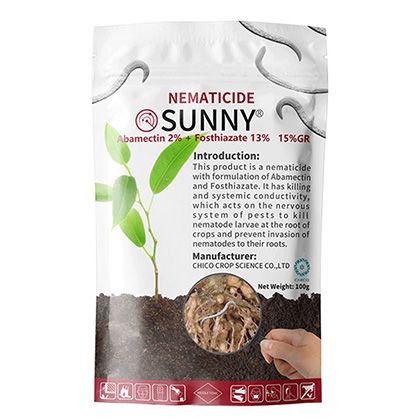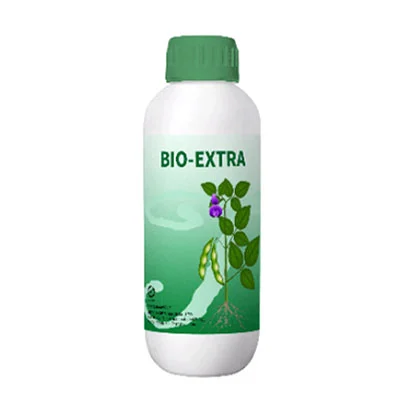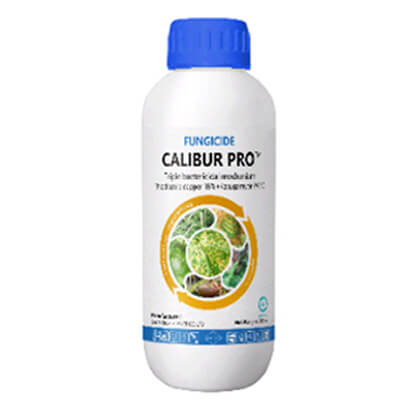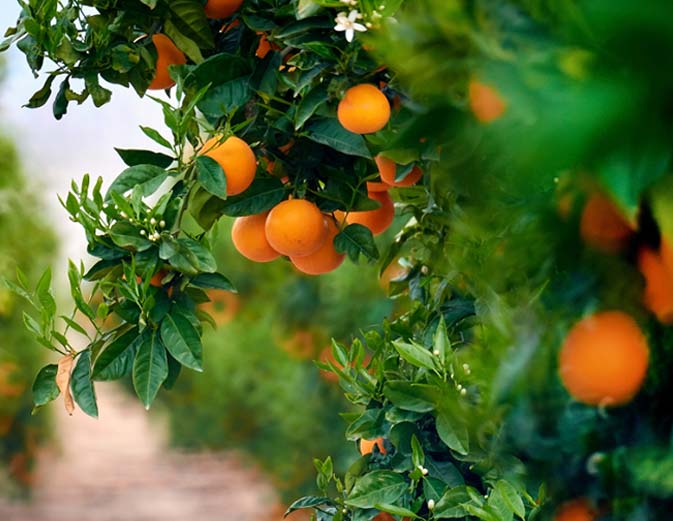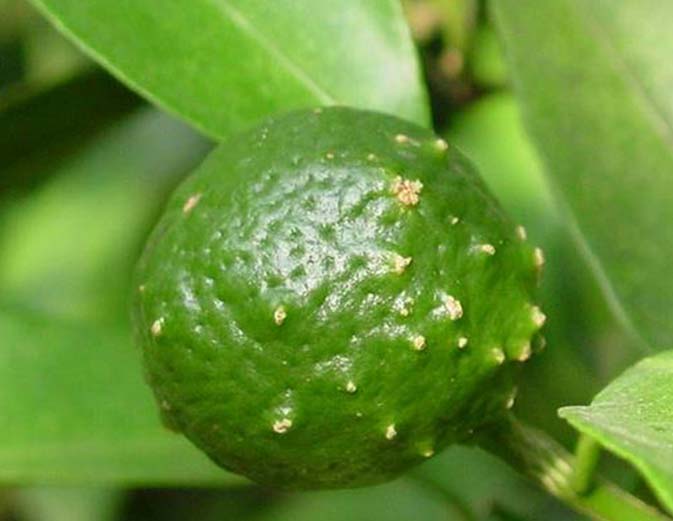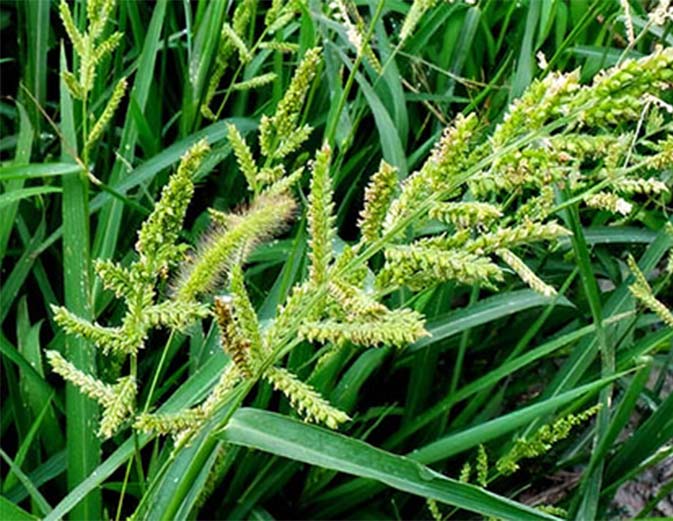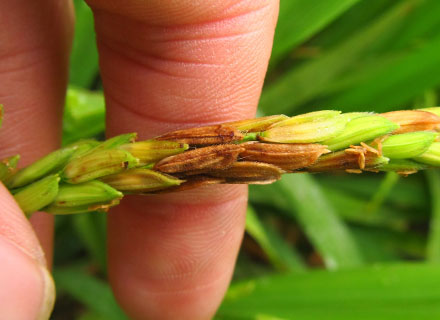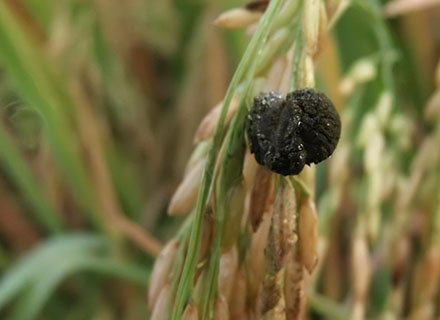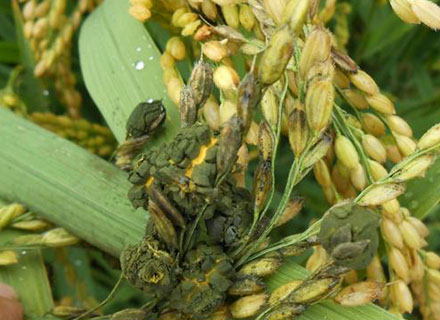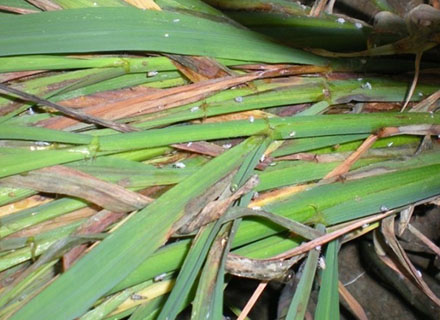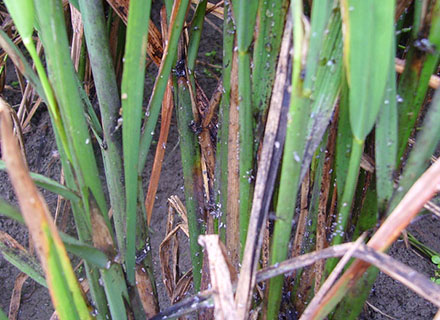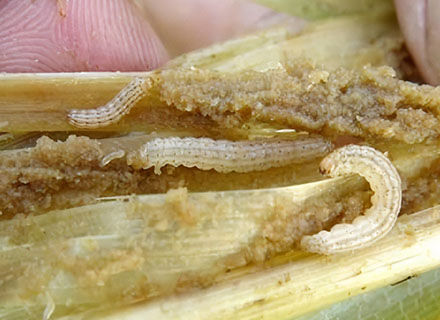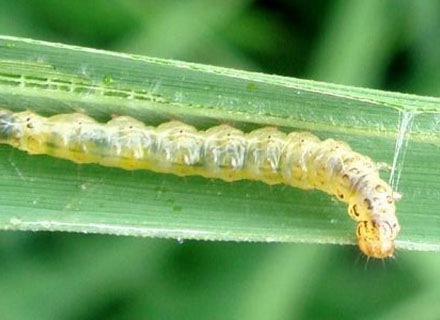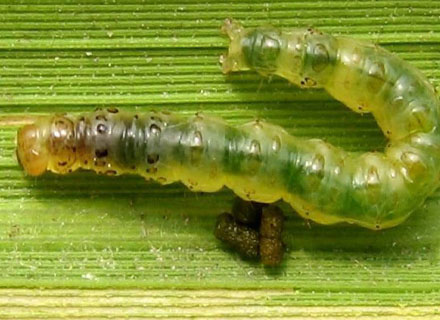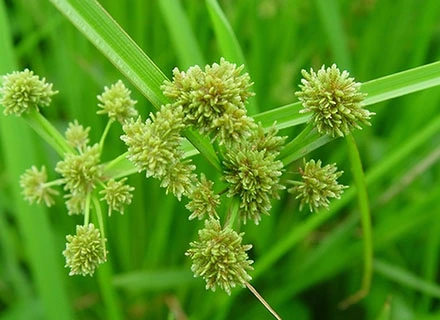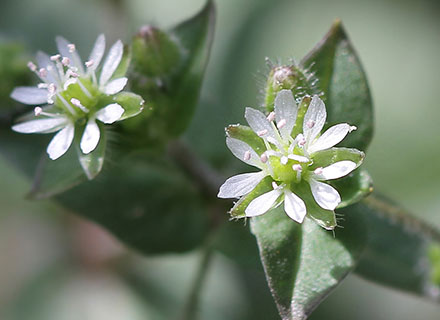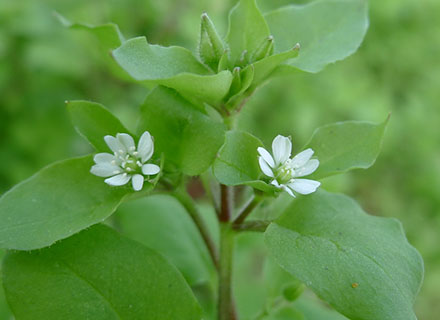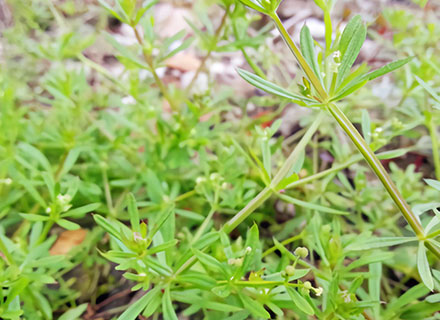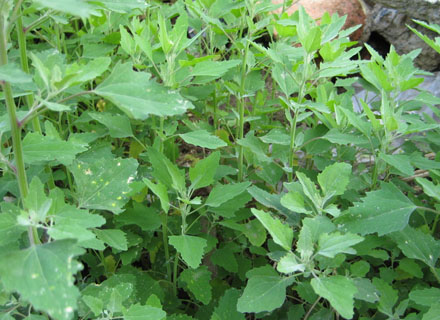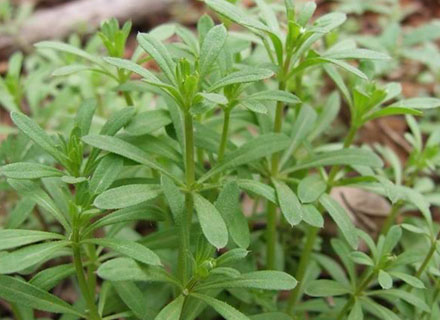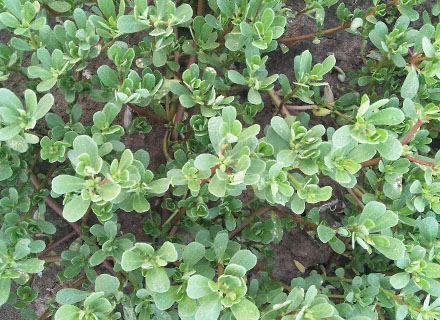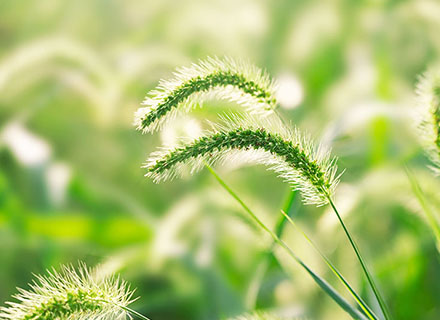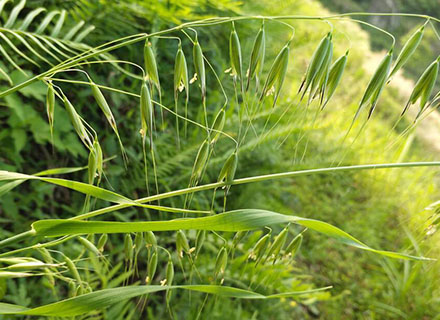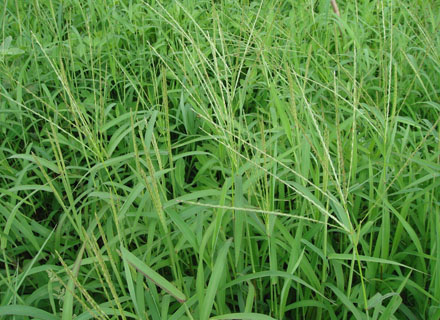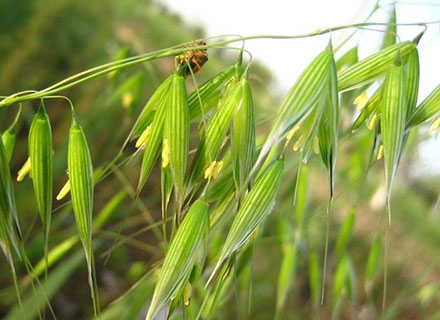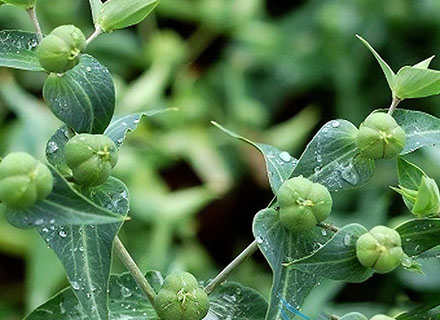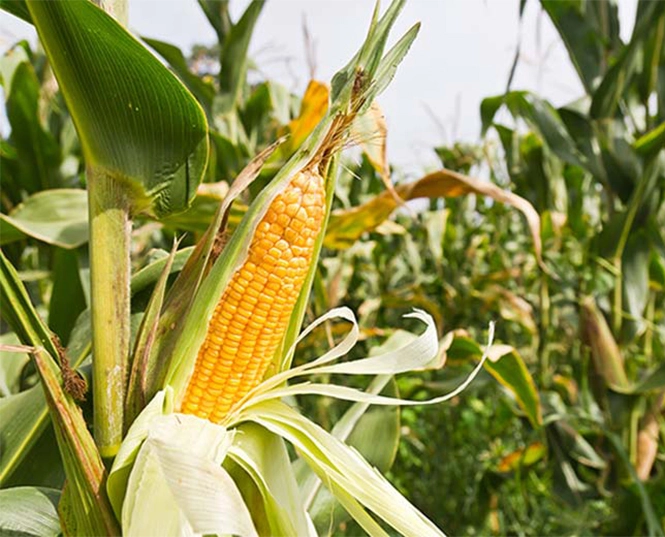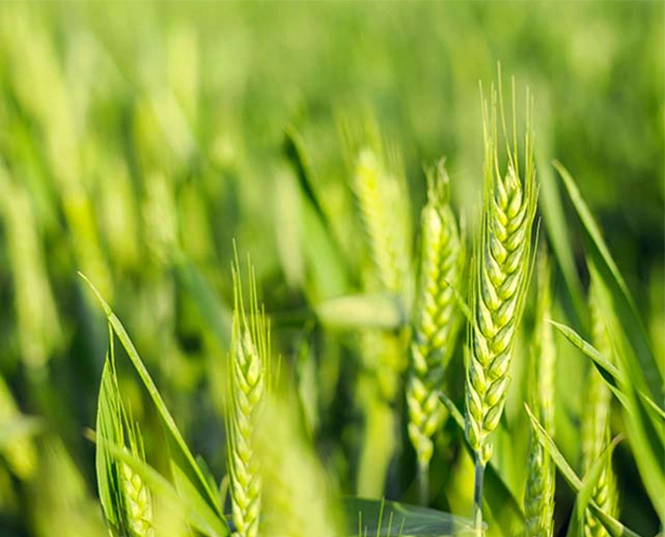
Rice Solution - Fertilizer, Herbicide, Fungicide and Insecticide for Rice

Rice Disease Treatment
1. Rice Blast Disease
Symptoms:
Seedling Blast: occurs before clover in the way of the seed infection. Disease seedling gray base, the upper brown. If humidity is high, disease would generate a lot of gray and black mildew layer.
Leaf Blast: small, dark green spots appeared on leaves, gradually expanded to fusiform spots. Spots central is gray, brown edges, with pale yellow halo at outside.
Acute type of lesion: On leaves form a nearly round or oval, dark green spots. White spot lesion type: leaves after damaged, will produces small white nearly round spots, does not produce spores.
Occurrence Regularity:
1. Pathogens overwinter on diseased straw, rice stumps, and diseased grains, and are the primary source of infection in the following year.
2. The prevalence of rice blast is affected by factors such as climate, variety, cultivation, etc. The bacteria will multiply and infect faster at temperatures around 25°C. Rice is more likely to be infected when the average relative humidity is above 90% or even saturated.
CHICO has accumulated rich experience and could offer the corresponding high-class solutions
List of fungicide for rice:TRIPO Tricyclazole Fungicide
2. Rice Sheath Blight
Symptoms:
At the early stage of the disease, oval and dark green water-soaked lesions first appeared on the leaf sheaths close to the water surface, and then gradually expanded into a moiré shape, with gray-white in the middle, and gray-green when wet.
Occurrence Regularity:
Rice sheath blight can occur from the seedling stage to the ear stage. Generally, the disease starts at the peak tiller stage, accelerates at the jointing stage, reaches the peak before and after the booting stage, and declines at the milk maturity stage. The disease is more severe in periods of high temperature and high humidity.
CHICO has accumulated rich experience and could offer the corresponding high-class solutions.
Fungicide for paddy:TRIPO Tricyclazole Fungicide
3. Rice Smut
Symptoms:
It first exposed small yellowish-green fungus at the joint of the glume, which gradually expanded, and finally wrapped the whole glume, which was dark green or olive, and finally cracked, and the rice ears were covered with dark green powder.
Occurrence Regularity:
1. The rice false smut pathogen can overwinter by the sclerotia that fall into the soil or the chlamydospores attached to the seeds, and become the primary infection source of the following year.
2. The incidence of rice false smut is closely related to varieties, fertilization and climatic conditions. From the formation of young ears to the booting stage, if there is heavy rainfall and high humidity, and low temperature rainfall during flowering, the incidence rate will increase.
3. Large amount of nitrogen fertilizer application, flooding, cluster irrigation and flood irrigation are also the main reasons for the spread of rice smut.
CHICO has accumulated rich experience and could offer the corresponding high-class solutions.
Paddy Fungicide: TRIPO Tricyclazole Fungicide
Rice Pest Control
1. Rice Planthopper
Symptoms:
1. Adults and nymphs suck the rice and cause the plants to turn yellow.
2. The excrement of rice planthopper often leads to the growth of mold, which affects the photosynthesis and respiration of rice.
3. Rice planthopper can spread rice bush dwarf disease, rice black-streaked dwarf disease, rice stripe blight and so on.
CHICO has accumulated rich experience and could offer the corresponding high-class solutions:
Insecticides for Paddy: NIPPY Nitenpyram Insecticide, ELEMI indoxacarb products
2. Rice Stem Borer
Symptoms:
1. Eat the stems of rice, damage the rice in the tillering stage, and cause withered sheaths and withered heart seedlings.
2. It damages the booting and heading stage of rice, causing withered booting and white ears.
3. Damage the rice in the grain-filling and milk-maturing stages, causing semi-withered ears and insect-injured plants.
4. Injured plants are clustered in the field.
Solution:
CHICO has accumulated rich experience and could offer the corresponding high-class solutions
Insecticides for Paddy:ABADI 33%WP Abamectin Pesticide, Methoxyfenzide 24% SC chlorfenapyr insecticide
3. Rice Leaf Roller
Symptoms:
1. Harm rice with larvae, roll the leaves into vertical buds, hide in them and feed on the upper epidermis and mesophyll, leaving only the white lower epidermis.
2. If the rice is damaged at the seedling stage, it will affect the growth and even die.
3. If the rice is damaged from the tillering stage to the jointing stage, the tillers will be reduced, the plants will be shortened, and the growth period will be delayed.
4. If the rice is damaged after booting, it will affect flowering and fruiting, increase the empty shell rate and decrease the thousand-grain weight.
Solutions:
CHICO has accumulated rich experience and could offer the corresponding high-class solutions
Insecticides for Paddy: ELEMI 18% WP Indoxacarb Insecticide
Rice Weed Management
1. Annual Sedge Weeds
CHICO has accumulated rich experience and could offer the corresponding high-class solutions,
Paddy Herbicide List:
Pre-emergence Herbicide for Rice
PELIN 450g/L CS Pendimethalin Herbicide
PRATA 5%EC Pretilachlor Herbicide
Post-emergence Herbicides in Paddy:
LEAFEON 20% EC ( Cyhalofop-butyl 10% EC + Metamifop 10% EC) Metamifop Herbicide
2. Annual Broadleaf Weeds
Solutions
CHICO has accumulated rich experience and could offer the corresponding high-class solutions
Paddy Herbicide List:
Pre-emergence Herbicide for Rice
PELIN 450g/L CS Pendimethalin Herbicide
PRATA 5%EC Pretilachlor Herbicide
Post-emergence Herbicides in Paddy
LEAFEON 20% EC Metamifop Herbicide
3. Annual Gramineae Weeds
CHICO has accumulated rich experience and could offer the corresponding high-class solutions
Paddy Herbicide List:
Pre-emergence Herbicide for Rice
PELIN 450g/L CS Pendimethalin Herbicide
PRATA 5%EC Pretilachlor Herbicide
Post-emergence Herbicides in Paddy
LEAFEON 20% EC Metamifop Herbicide
- 1. Rice Blast Disease
- 2. Rice Sheath Blight
- 3. Rice Smut
- 1. Rice Planthopper
- 2. Rice Stem Borer
- 3. Rice Leaf Roller
- 1. Annual Sedge Weeds
- 2. Annual Broadleaf Weeds
- 3. Annual Gramineae Weeds
The Importance of Fertilizer for Rice Growing
Fertilizers provide essential nutrients that the rice plant needs to grow. These nutrients include nitrogen, phosphorus, and potassium, which are vital for the plant’s growth and development. Nitrogen promotes leaf and stem growth, phosphorus aids in root development and seed formation, while potassium helps in the overall functioning of the plant.
The use of organic fertilizer for rice can significantly increase the yield of rice crops. By providing the necessary nutrients, fertilizers help the rice plant to produce more grains, thus increasing the overall yield.
Fertilizer for rice field not only provide nutrients to the plant but also improve the fertility of the soil. They help to replenish the nutrients that have been depleted from the soil due to continuous farming. This ensures that the soil remains fertile and productive for future crops.
Fertilizers can also enhance the resistance of rice plants to pests and diseases. Healthy plants with adequate nutrients are more likely to resist diseases and pests, reducing the need for chemical pesticides.
Organic fertilizer for rice can help to speed up the growth process of the rice plant, leading to early maturity. This means that farmers can harvest their crops earlier, thus increasing their annual yield.
The use of paddy growth fertilizer can improve the quality of rice grains. Nutrient-rich plants tend to produce larger, fuller grains, which are preferred by consumers.
Why Choose Chico Organic Fertilizer for Rice
Our rice fertilizer plan comprehensively considers the nutrients required for the rice growth cycle and improves nutrient utilization efficiency. Our fertilizer range covers organic microbial fertilizer CHICO® Bio DYNAMIC Fertilizer, NPK compound fertilizer, and amino fertilizer with greatly resistant to stress and drought --BIO AMINO®, they promote the growth of rice for higher yield and better fruit quality.
